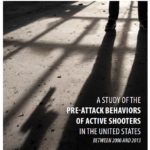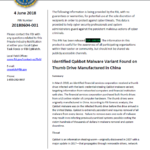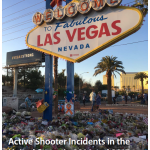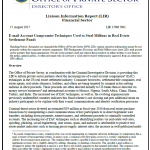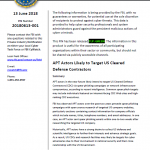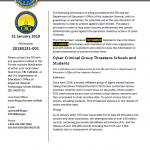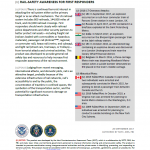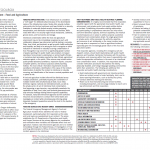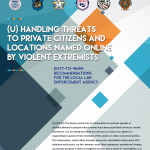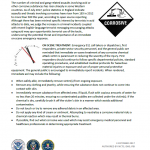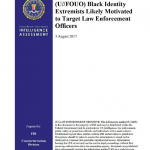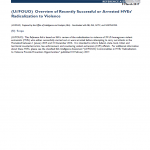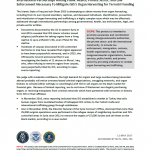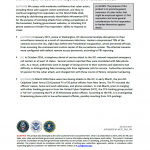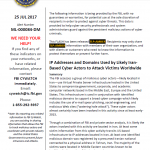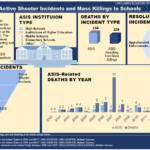
The number of active shooter incidents in schools (ASIS) has remained steady over the past 18 years, with an average of 2.8 shootings per year. ASIS are most likely to happen at the high school level or higher (37 out of 52). The average deaths from ASIS was 7.4; however, this includes the 2007 Virginia Tech shooting and the 2012 Sandy Hook Elementary School shooting, where 32 and 26 people died, respectively. Most of the deaths from ASIS resulted during incidents that met the threshold for a mass killing (81 percent).


